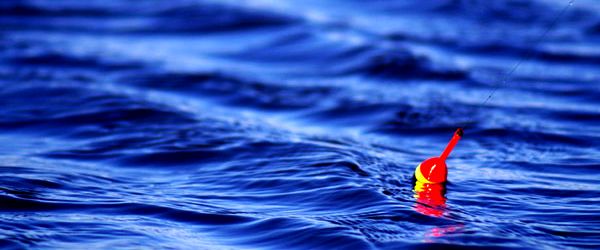Användarmeny
Angling Overview
Angling
A fun and popular method of all ages.
The Basics
If you ask any fisherman how he got into fishing, many will surely answer that they sat as a child and watched a float bouncing on the water surface.
The bait is undeniably very popular, and fun.
As with all other methods, there are different branches. The most common "branches" within the angling are angling with a fishing rod and a styrofoam float, casting angling, and the slightly more advanced so-called specimen angling.
Angling with a fishing rod and float needs no further presentation. It's very simple. You rig with a float (which acts as a pacifier indicator), and a line under the float with a hook at the end. On the hook you then put something that the fish is believed to like, usually a worm. To get the bait down under the water, you usually also attach lead shot to the line about 1 dm from the hook.
The throwing rod does not differ much from the usual with a fishing rod. The difference is that with this method you can get further out. Instead of using a fishing rod, you use a spinning rod and a reel, usually a reel. The float you use also weighs more so that you get the weight to throw out. There are different types of floats, but a common variant is a "hollow ball" that you can fill with water, since you can fill it with water, you can regulate the throw weight.
In addition to this, it is the same principle as the usual angling with a fishing rod.
The specimen is more complicated. The difference is that the specimen concentrates on catching very large specimens of certain species. The species that are most important (highest status) in specimen fishing are i.a. carp, bream, tench, ruda, sarv and eel. There are many fishermen in Europe and Sweden who only specimen.
The fishing is done so that you either fish with float, or bottom anglers. Specimen fishing is a real material sport, most often you use several rods, you use different types of indicators mounted on the rods, you have special rod racks, and even special tents and chairs. Only those with really good patience enter the specimen-met!


